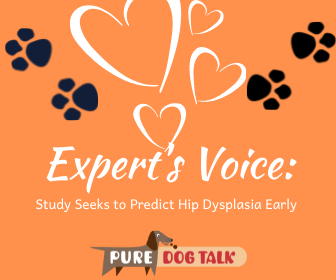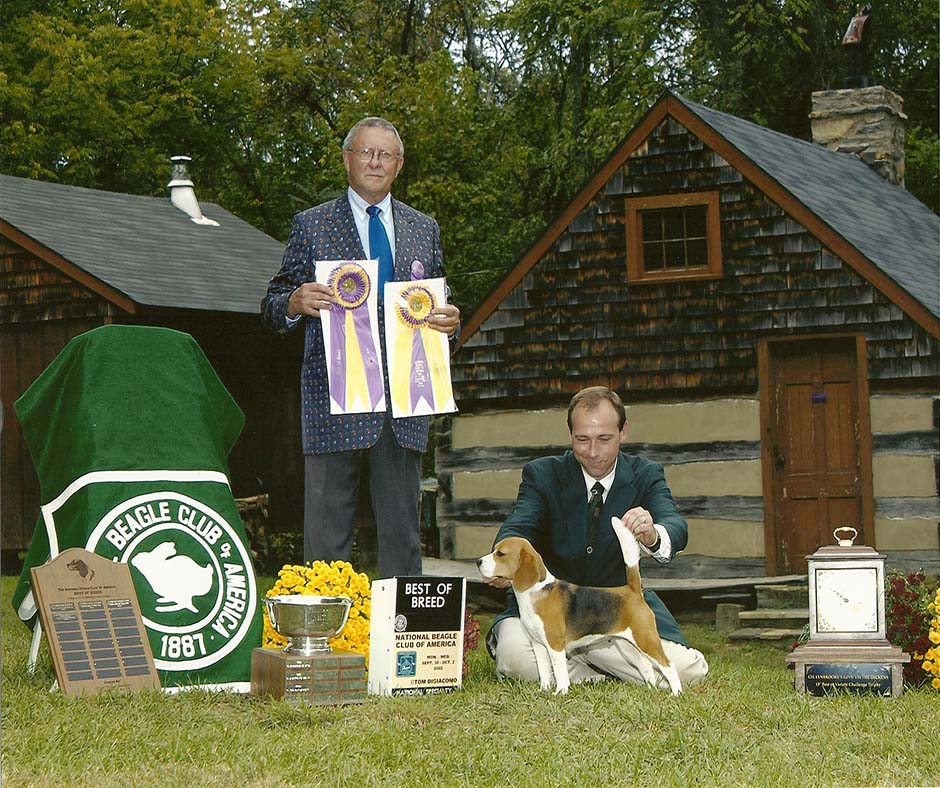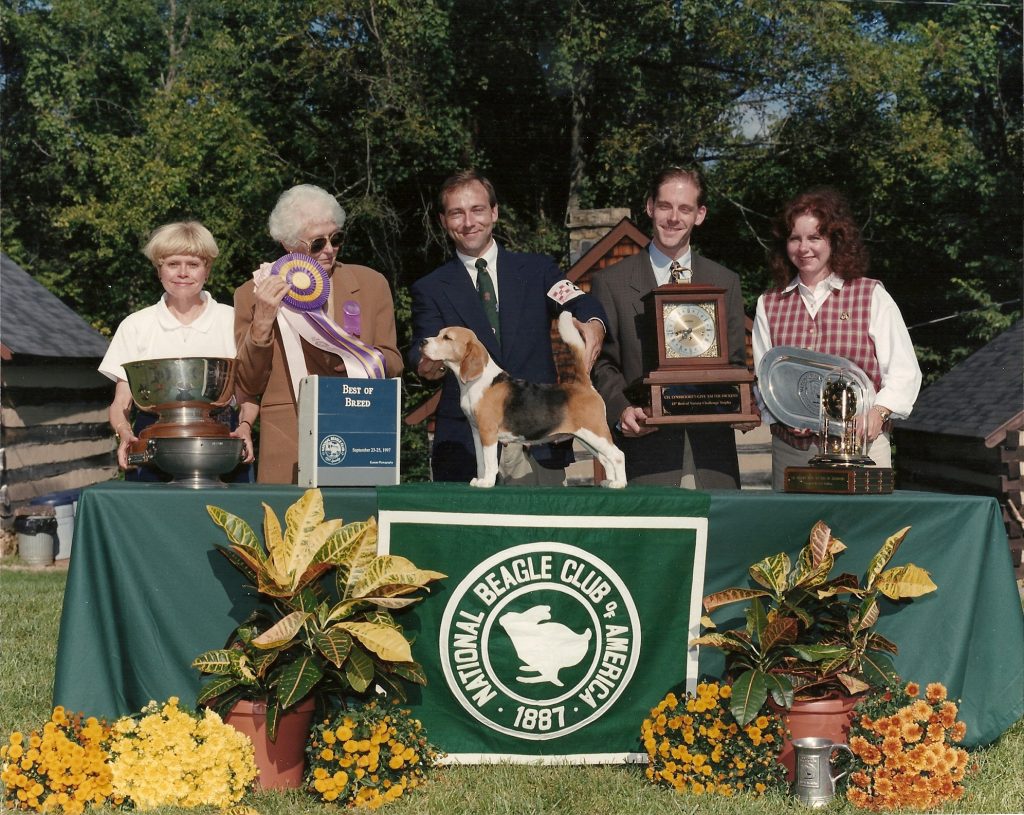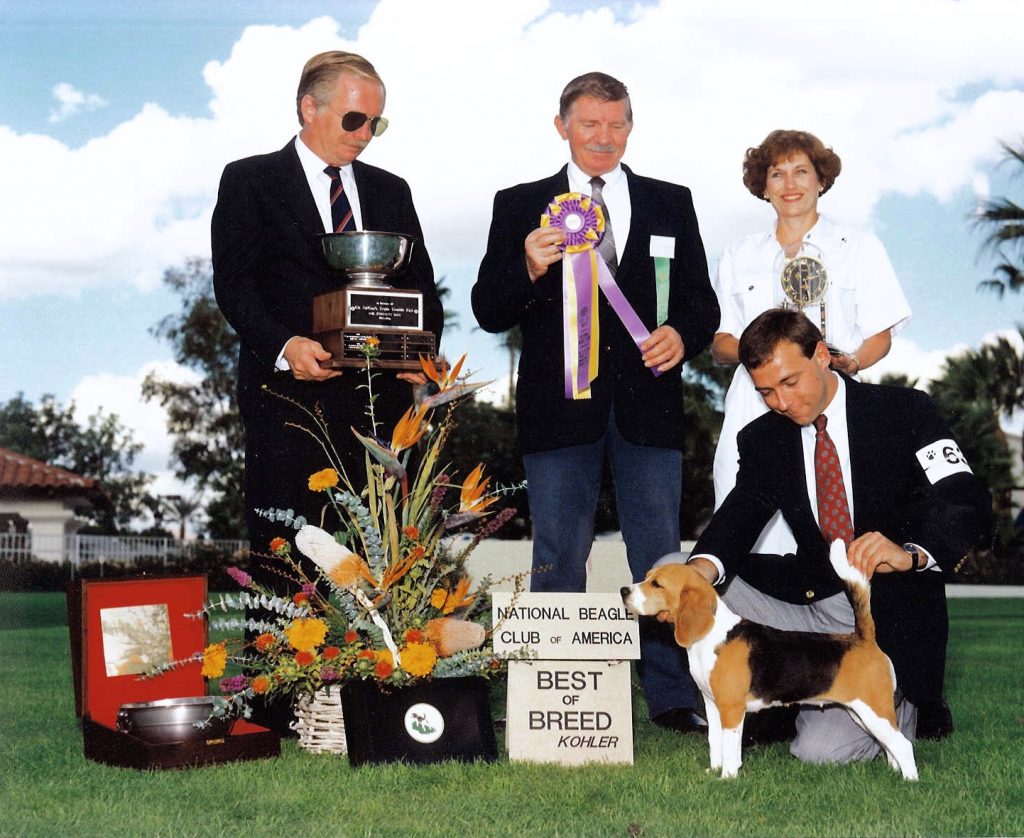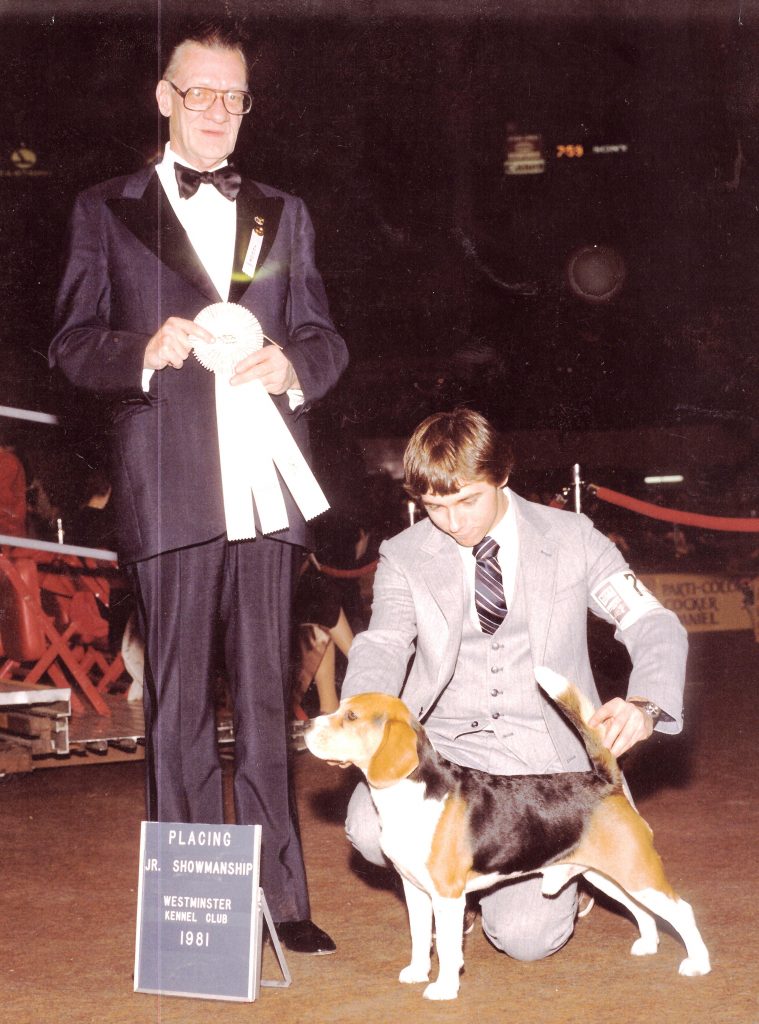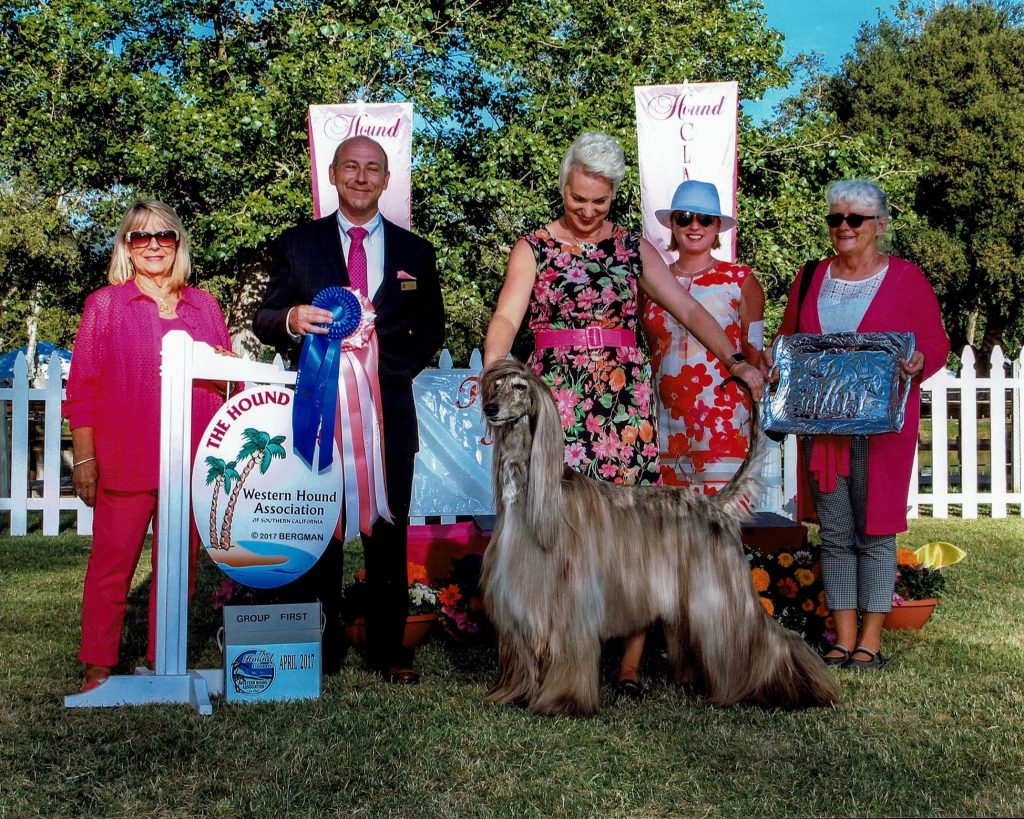569 – OFA Launches New Testing for Brachycephalic Breeds
OFA Launches New Testing for Brachycephalic Breeds

Dr. Kathleen Smiler, DVM, Pug Dog Club of America Health Committee Representative.
Eddie Dziuk, Chief Operating Officer at the Orthopedic Foundation for Animals, and Dr. Kathleen Smiler, DVM, Health Committee Representative from the Pug Dog Club of America, join host Laura Reeves to introduce the new BOAS testing program.
“Brachycephalic Obstructive Airway Syndrome (BOAS) is a condition which may cause breathing difficulties in breeds such as Bulldogs, French Bulldogs and Pugs,” according to the OFA. “BOAS is caused when the soft tissue in the nose and throat are excessive for the airway, partially obstructing the airway and making it difficult for them breathe normally.
“BOAS is a progressive disorder and can impair a dog’s ability to exercise, play, eat and even sleep. Clinical signs of BOAS are variable and may include noisy breathing, exercise and heat intolerance, regurgitation and dysphagia. Unfortunately, many owners are unaware of the disease, and often interpret breathing noises or difficulties as simply normal for the breed.
“In an effort to learn more about the condition, increase awareness, and ultimately reduce the incidence of BOAS, researchers at the University of Cambridge in the UK developed the Respiratory Function Grading Scheme (RFGS). The goal of the RFGS was to develop an objective test to measure the clinical diagnosis and severity of BOAS. The OFA has joined this international effort and has licensed the RFGS for use in the US and Canada.
“The exam is conducted by a specially trained and approved veterinarian and consists of 4 steps:
- A short health survey regarding the dog’s breathing history
- A brief physical exam while the dog is calm including auscultation where the assessor listens to the dog’s breathing with a stethoscope gently positioned on the side of the neck. This establishes a baseline for any clinical signs of BOAS.
- A short exercise test consisting of a brisk three minute walk. This is designed to expose clinical signs of the disease in an otherwise calm and asymptomatic dog. It is not designed to assess cardiovascular fitness.
- A post exercise auscultation after increased airway activity to compare to the pre-exercise baseline.”
“I think the veterinarians were extremely enthusiastic,” Smiler said of the veterinarians participating at a recent event in Portland, Oregon. “And I think the participants were quite pleased too, I think. I went and sat in the meet the breeds box with the pug people in Portland and everybody was quite satisfied. I think our club in general was very satisfied.”
“We examined 54 dogs (at the rollout in Portland),” Dziuk said. “We actually did 60 where we had a couple breeds that weren’t on the official breed participant list yet. So, we had 54 between Bulldogs, Frenchies and Pugs and we also had a couple of Bostons and Pekes.
“Overwhelmingly (we had) pretty good results. We had 10 Grade 0. So, the grade zeros are basically everything was good. These dogs were good breathers, they had nice wide open nostrils. There were no sounds of turbulence or anything during the auscultation, so everything was looking pretty good. We had 18 grade 1, which is also good. It means that in general, nothing could be heard without a stethoscope and you could only hear some of the minor issues with the stethoscope, but the dogs are basically still found to be clinically unaffected by BOAS. We did have 25 grade twos and we had one lone grade three.
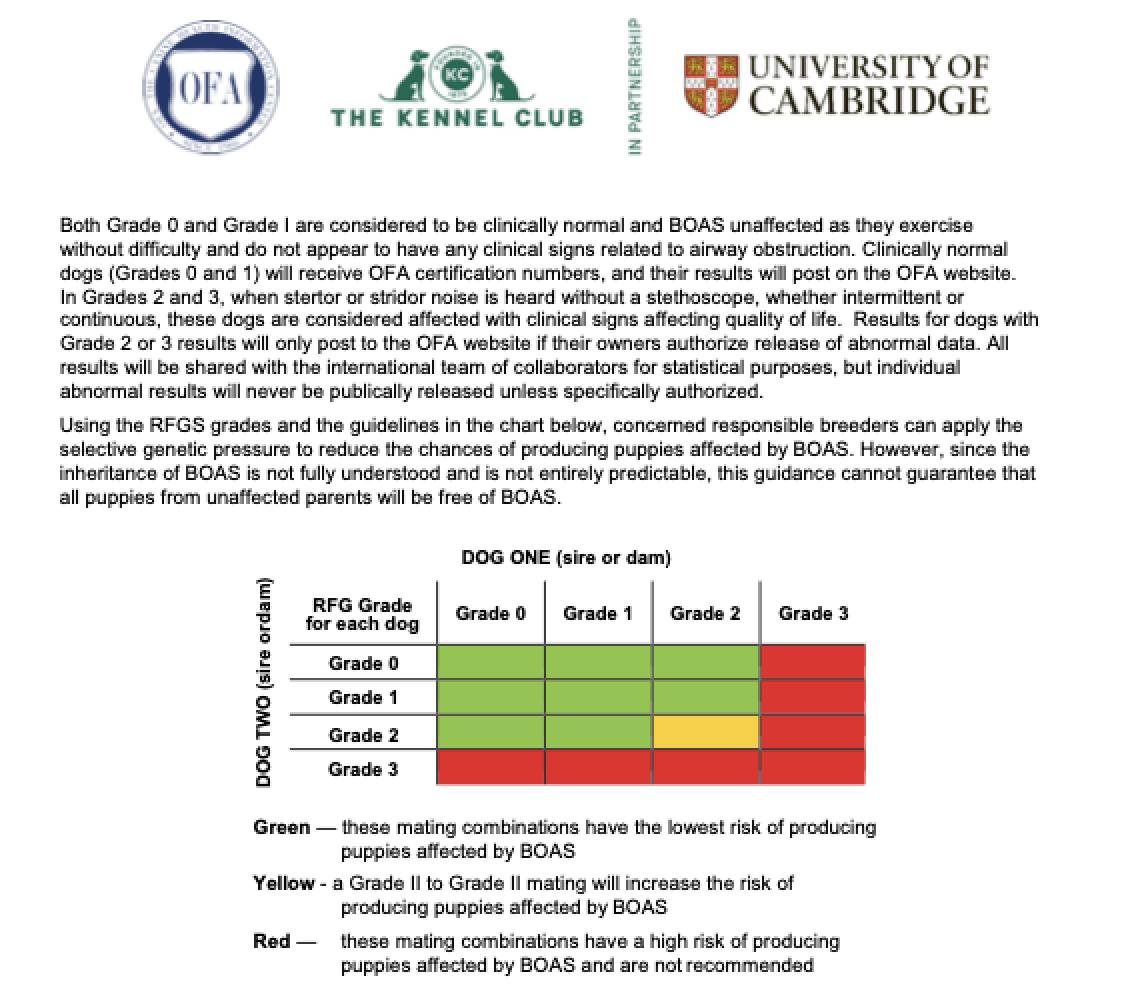 “I think that goes to prove the point that not all Bulldogs suffer breathing difficulties, not all Frenchies suffer breathing difficulties, and not all pugs do either. That there is a large group in all three of those breeds where they’re good healthy dogs that breathe fine, that don’t show signs of exercise intolerance, and we can work with those dogs and breed them and hopefully breed lots of future generations of good, healthy Frenchies, Pugs and Bulldogs.”
“I think that goes to prove the point that not all Bulldogs suffer breathing difficulties, not all Frenchies suffer breathing difficulties, and not all pugs do either. That there is a large group in all three of those breeds where they’re good healthy dogs that breathe fine, that don’t show signs of exercise intolerance, and we can work with those dogs and breed them and hopefully breed lots of future generations of good, healthy Frenchies, Pugs and Bulldogs.”
“We’re certainly very sensitive to the criticism that’s been directed toward brachycephalic breeds,” Smiler said. “I think we’re fortunate here in the US, where (breeding) isn’t a regulated activity, nor has the Veterinary Association attacked the breeds as they did in Europe. We’re going to make this information available to our members and highly encourage them (to participate). Then eventually I’d love to educate the puppy buyers. I think it’ll be very positive across the board.”
Listen in to the full episode for more details.
476 – Research Study Seeks to Predict Hip Dysplasia Early
122 – Eddie Dziuk: OFA, CHIC and Why Breeders Should Health Test
Eddie Dziuk on OFA, CHIC and the Role of Health Testing
Eddie Dziuk is a behind the scenes kind of guy. But arguably no single individual is more responsible for providing the tools to improve the health of our purebred dogs. OFA and CHIC are invaluable resources which enable breeders to apply “selective genetic pressure *against* breeding abnormal results.”
Eddie Dziuk has led OFA for the last 16 years, including implementation and growth of the Canine Health Information Center (CHIC) originally envisioned by the delegate body. CHIC’s “test and tell” protocol has enabled more than 100,000 dogs to earn a CHIC number.
This voluntary program is not an award program, Dziuk reminds people.
It is not a stamp of approval, it’s not about ‘normalcy.’ The key piece is that owners must be willing to disclose information,” he adds, both normal and abnormal results.
It is this sharing of results that allows breeders to make more informed breeding decisions. “If you breed dogs long enough, you will produce animals with an inherited disease,” Dziuk notes. “It’s about what are you doing up front and after the fact to address that reality.”
Canine Health Foundation and CHIC
CHIC is co-sponsored by the Canine Health Foundation (CHF) and focuses on empowering national parent clubs for each breed to establish the health protocols and testing best suited for each breed.
Most of the dogs we breed go to pet homes,” Dziuk observed. “The most important thing for these folks is not the dog’s tail set or how much stop it has, they just want a happy, healthy, long-lived faithful companion.”
With that idea in mind, OFA is continuously looking at new testing protocols, developing new efforts that address far more than the orthopedic issues for which the organization was originally created nearly 50 years ago.
Background on Eddie Dzuik
Eddie Dziuk began his journey in purebred dogs in the mid-‘70s by joining the Hagerstown Kennel Club before he even had a dog. He finished his first Beagle, down from Michelle Billings’ Kings Creek breeding, and was hooked. He credits numerous mentors within the Beagle breed, as well as his work for professional handlers from Bob and Jane Forsyth to Tom and Andrea Glassford, for his long-term success in the sport and his breed.
Co-owner of not one, but two, Westminster Kennel Club BIS winners, Dziuk has more than held his own in the breeding and conformation arenas. Both Uno and Miss P, the modern Beagle winners at the Garden, find Dziuk’s breeding in their pedigrees. He talks about seeing both dogs at around six months and falling in love to the point that he’d “beg, borrow or steal” to be involved with their careers.
I believed in those dogs 100 percent,” Dziuk said. While Uno was an odds on favorite, Miss P was a complete surprise, he added. So much so that he missed her winning Tuesday night while on the road for work. “I turned on the tv in the hotel room in Vegas just in time to watch her win,” he observed with obvious dismay.
Encouragement for Owner Handlers
As a long time owner handler, Dziuk encourages owners to compete with their dogs. The top winning 13” Beagle of all time was a dog he showed himself on weekends only. He does note that times are different and the proliferation of dog shows means chasing records is much harder these days.
After 40 years of dogs, every dog show is still an opportunity to learn. It’s a journey,” Dziuk said, “Embrace it.” He also encourages sharing knowledge — whether through judging, belonging to a club, whatever it is.
Final Words
“If nobody is willing to do the work, there will be no dog shows.”


